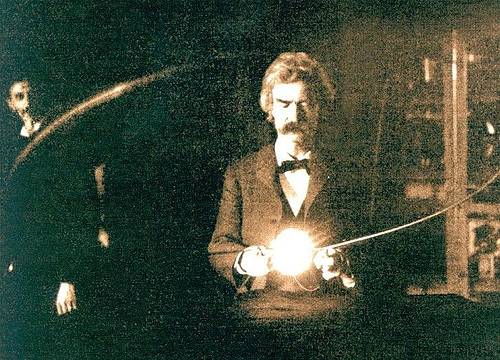Sixteenth-century prophet Nostradamus predicted three Antichrists. The first two are thought to have been Napoleon and Hitler, but the third, known only as “Mabus,” hasn’t shown up yet. Here are the relevant quatrains:
Mabus will soon die, then will come
A horrible undoing of man and beast,
We will see vengeance at once,
One hundred powers, thirst, famine, when passes the comet.
His hand finally through the bloody ALUS,
He will be unable to protect himself by sea,
Between two rivers he will fear the military hand,
The black and angry one will make him repent of it.
What does this mean? Who knows? Presumably it’ll make sense at the time.





